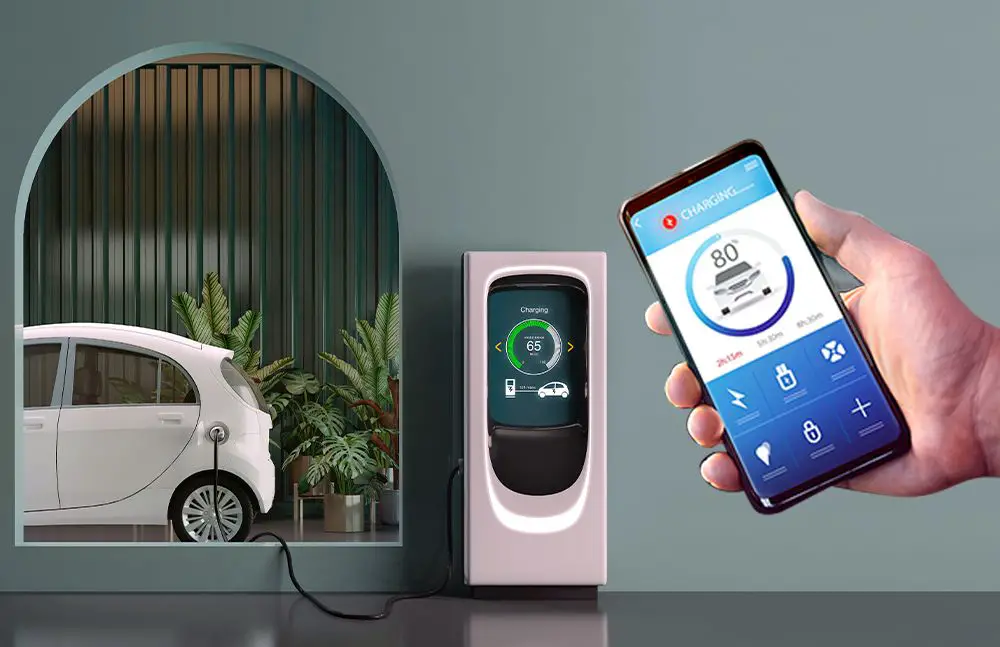Role of IoT in promoting EV growth.
With growing environmental concerns and the depletion of fossil fuel resources, the world is searching for ways to completely replace internal combustion engines (ICE) with electric vehicles (EVs) while keeping them economical, reliable, and efficient.


With growing environmental concerns and the depletion of fossil fuel resources, the world is searching for ways to completely replace internal combustion engines (ICE) with electric vehicles (EVs) while keeping them economical, reliable, and efficient. There have been considerable advancements in fundamental research on battery materials, powertrains, and control methods for EVs. However, more work must be done before EVs can be successfully commercialized, particularly in most underdeveloped nations.
IoT systems are comprised of digital and physical components and are network-distributed but not always linked to the same internet devices and objects. The IoT uses intelligent physical objects, primarily electrical ones, that are network-connected and data-exchange-capable thanks to integrated software, sensors, and other technologies.
The Internet of Things (IoT) in EV charging enables continuous monitoring and presenting data through reports & dashboards. It also helps in notifying users in the event of critical failures or essential updates. For example – EV drivers can be informed via a mobile app about charging time & costs. Charge point operators can remotely troubleshoot devices without a physical visit. Network operators can enhance roaming services for their charging network.
Electric Vehicle charging stations have to be online all the time, as users charge their cars with an app, but, in case a station suddenly goes offline, it must be fixed as soon as possible. Moreover, data transmission is also a weak point, as needed data are often failed to be timely delivered.
With IoT technology, EV charger stations become smart, connected, and hence easily accessible for remote support and maintenance. IoT has a huge potential to offer benefits to all stakeholders in the value chain including the EV drivers, Charge Point Operators (CPOs), and network operators. Here are some of the important things or ways in which IoT benefits Ev's transition.
User authentication – As soon as the customer taps his RFID card/tag or uses a smartphone for access, the charging station sends this data to the IoT platform over the cloud. The IoT platform then checks the driver’s profile, performs Authentication, Authorization, and Accounting activity, and ensures secure transactions and billing.
Charger availability – Similar to booking a seat at a restaurant, the EV charging app can search for nearby stations, check availability, and reserve a slot for the required time, based on the battery capacity. The app can also indicate charging rates or advise off-peak hours for low-cost charging.
Automated operations – While the EV is charging and the driver is away, the station can notify drivers of the exact charging time left, any error in cable connection, automatic payments, or even call for emergency assistance in case of any critical events working autonomously.
Smart charging – Energy rates vary during seasons, such as summertime with abundant solar energy production and demand during peak hours. The chargers can automatically start charging when they find the lowest rates available from the grid and vice versa. This in turn saves costs and helps grid operators to manage the surge in energy demand.
Remote management – IoT enables Charge Point Operators to quickly resolve issues and remotely manage operations by presenting real-time metrics & insights into usage and device performance. Insights such as charger availability, utilization, fault monitoring, and troubleshooting greatly help in predictive maintenance and reducing downtime.




